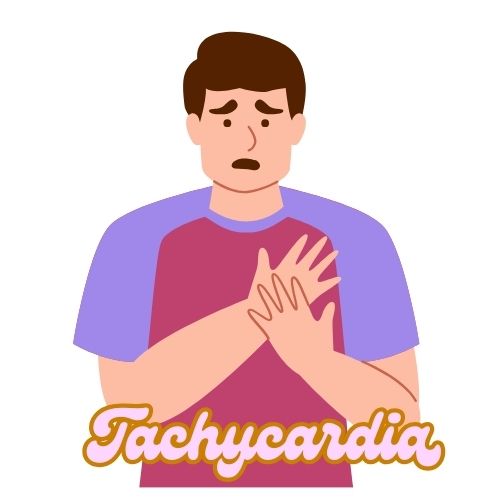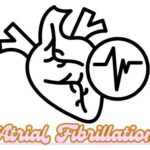What is Tachycardia?
Tachycardia is a medical term used to describe a heart rate that exceeds the normal resting rate. In adults, a resting heart rate over 100 beats per minute (bpm) is generally considered tachycardia. This condition can occur due to various factors, ranging from physiological responses to underlying health issues.
Types of Tachycardia
Tachycardia can be classified into several types based on its origin:
- Supraventricular Tachycardia (SVT): Originates above the ventricles, often leading to sudden increases in heart rate.
- Atrial Fibrillation: Irregular and often rapid heart rate.
- Atrial Flutter: A rapid but organized electrical activity in the atria.
- Ventricular Tachycardia (VT): Originates in the ventricles and can be life-threatening.
- Monomorphic VT: Consistent QRS complex shapes.
- Polymorphic VT: Varies in QRS complex shapes, often associated with conditions like Torsades de Pointes.
- Sinus Tachycardia: A normal increase in heart rate due to factors like exercise, stress, or anxiety, where the heart rate remains under the control of the sinus node.
- Junctional Tachycardia: Originates from the atrioventricular (AV) junction, usually with a regular rhythm.
Causes of Tachycardia
The causes of tachycardia can be broadly categorized into physiological and pathological:
- Physiological Causes:
- Exercise or physical activity
- Emotional stress or anxiety
- Fever
- Caffeine or stimulant consumption
- Thyroid hormone excess (hyperthyroidism)
- Pathological Causes:
- Heart conditions (e.g., coronary artery disease, heart failure)
- Electrolyte imbalances (e.g., potassium, calcium, magnesium)
- Anemia
- Certain medications (e.g., decongestants, asthma medications)
- Pulmonary embolism
Symptoms of Tachycardia
Symptoms can vary based on the type of tachycardia and the individual. Common symptoms include:
- Palpitations (feeling of a racing heart)
- Dizziness or lightheadedness
- Shortness of breath
- Chest pain or discomfort
- Fatigue
- Fainting (syncope)
In some cases, tachycardia may be asymptomatic, particularly in its chronic forms.
Diagnosis if Tachycardia
Diagnosis typically involves a combination of the following:
- Medical History and Physical Exam: Evaluation of symptoms, medical history, and lifestyle factors.
- Electrocardiogram (ECG/EKG): A primary tool used to assess heart rhythm and rate, helping to identify the specific type of tachycardia.
- Holter Monitor: A portable ECG device worn for 24-48 hours to capture heart activity over time.
- Echocardiogram: An ultrasound of the heart to evaluate its structure and function.
- Blood Tests: To check for electrolyte levels, thyroid function, and other underlying conditions.
Treatment Options of Tachycardia
Treatment for tachycardia depends on its type, cause, and severity. Options may include:
- Lifestyle Modifications: Reducing caffeine intake, managing stress, and avoiding stimulants.
- Medications:
- Beta-blockers: Help to slow the heart rate.
- Calcium channel blockers: Effective in managing heart rhythm.
- Antiarrhythmic drugs: Used for various types of tachycardia.
- Cardioversion: A procedure that uses electricity to restore normal heart rhythm, often used in cases of atrial fibrillation.
- Catheter Ablation: A minimally invasive procedure that destroys abnormal electrical pathways in the heart.
- Implantable Devices: Such as pacemakers or implantable cardioverter-defibrillators (ICDs) for individuals with severe cases.
When to Seek Medical Attention
While occasional episodes of tachycardia may not be serious, it’s essential to seek medical attention if:
- You experience persistent or worsening symptoms.
- There is chest pain or discomfort.
- You faint or feel excessively dizzy.
- You have a history of heart disease or other underlying health conditions.

Tachycardia is a common condition that can arise from various factors. Understanding its types, causes, and symptoms can help individuals manage their health effectively. If you suspect you have tachycardia, consulting a healthcare professional is crucial for accurate diagnosis and appropriate treatment. With timely intervention, many forms of tachycardia can be effectively managed, ensuring a healthy and active life.







